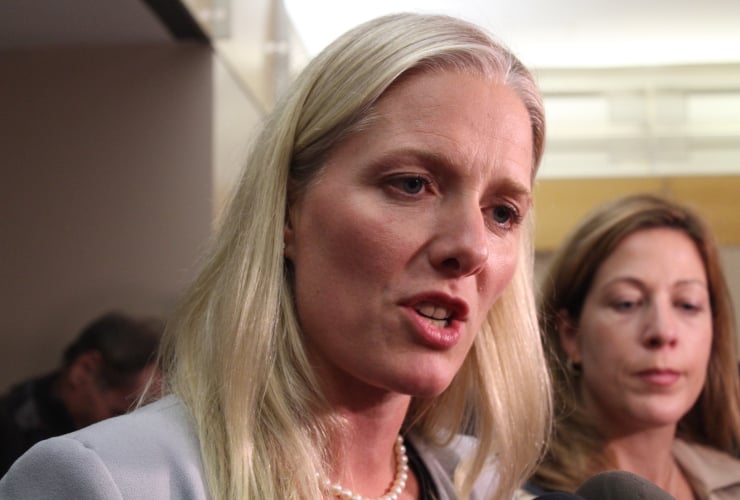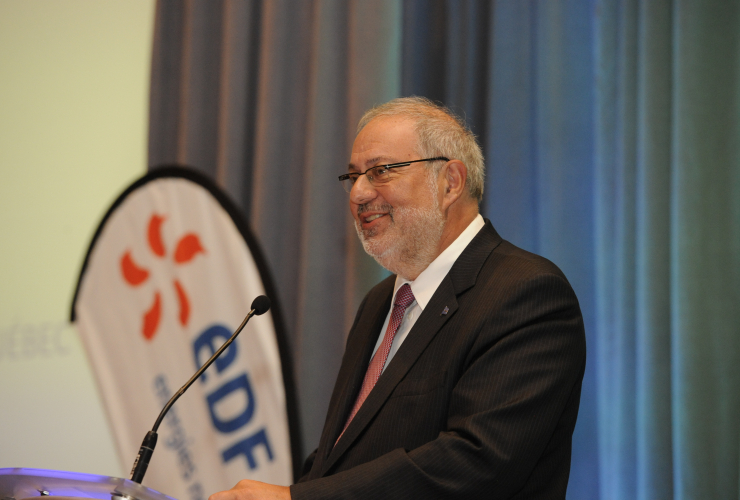Ontario's upcoming cap-and-trade program will not limit the province's greenhouse gas emissions through to 2020, the environmental commissioner said Tuesday.
The system comes into effect next year, but will be linked to California and Quebec's market in 2018. When that happens, it could often be cheaper for Ontario polluters to purchase California allowances, Dianne Saxe said in a report.
"Too much reliance on California allowances could slow Ontario's transition to the low-carbon economy that is essential for our future prosperity, and would make it harder for Ontario to meet future greenhouse gas (reduction) targets," she said.
Since Ontario has not proposed any limit on the total number of California and Quebec allowances that can be used here, the province's cap-and-trade program will not limit Ontario's greenhouse gas emissions from 2017 to 2020, Saxe said in her report.
Environment Minister Glen Murray said he is "absolutely confident" Ontario will meet its targets under the cap-and-trade system. But he said there will be a give and take between jurisdictions.
"We believe the majority of (the reductions) will be made here, but we also know that some of them will be acquired," Murray said. "The same thing is true for Quebec and California. You pick any jurisdiction, there will be five-year cycles. But we'll be a net seller of allowances because we'll achieve more reductions than others and there will be some periods in which we will buy a portion of our reductions as allowances. That's how cap and trade works."
The environmental commissioner's report was largely congratulatory to the government for introducing cap and trade.
"I am proud that Ontario is, at last, joining the worldwide movement to put a price on greenhouse gas emissions," she said.
However, she cautioned that the government will not meet its 2020 emission reduction targets, as most of the impacts from its climate change action plan will happen later than that.
And a large portion of the reductions that are expected from the climate action plan will come from subsidizing electricity prices for mid-size commercial and industrial customers. That is not an acceptable use of cap-and-trade revenues, Saxe said.
"The (Environmental Commissioner of Ontario) found no evidence to support emission reduction claims for the key proposal to subsidize electricity prices, or the claim that technology adoption by industry can produce 2.5 megatonnes in additional reductions by 2020," she said in the report.
Meanwhile, the latest California and Quebec cap-and-trade auction had a strong showing after selling just a fraction of allowances two times in a row.
Nearly 90 per cent of the available carbon pollution credits were sold at last week's auction, figures released Tuesday showed. That's up from 35 per cent in the previous round, and about 10 per cent in the round before that.




Comments